The death toll from the earthquake that struck central Myanmar has risen to 2,395, with over 8.5 million people affected, according to a statement from the National Unity Government (NUG) Ministry of Humanitarian and Disaster Management.
The March 28 earthquake directly impacted a total of 8,562,555 people, many of whom urgently require humanitarian aid. The collapse of bridges and roads along the Sagaing-Mandalay route has disrupted the transportation of goods, leading to shortages of essential supplies, rising fuel prices, and overall inflation. Additionally, military checkpoints and restrictions on cargo ships and trucks have prevented the replenishment of food stocks, raising concerns about potential food shortages, the NUG warned.
Some townships in Mandalay and Sagaing regions have experienced underground water disruption, landslides, and changes in water quality due to the earthquake, making access to clean drinking water increasingly difficult. Reports indicate that a diarrheal disease outbreak has emerged in Sagaing Township due to water contamination.
Humanitarian groups operating in disaster-affected areas have also faced significant security challenges. In Sagaing and Bago regions, relief organizations have been required to seek permission from military-controlled authorities, with some being denied access to affected areas altogether. Additionally, following the earthquake, the military launched artillery attacks in parts of Mandalay Region, further endangering rescue and relief efforts.


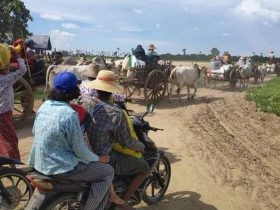

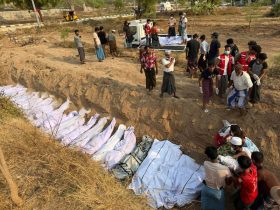
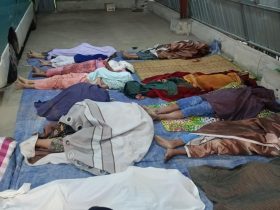




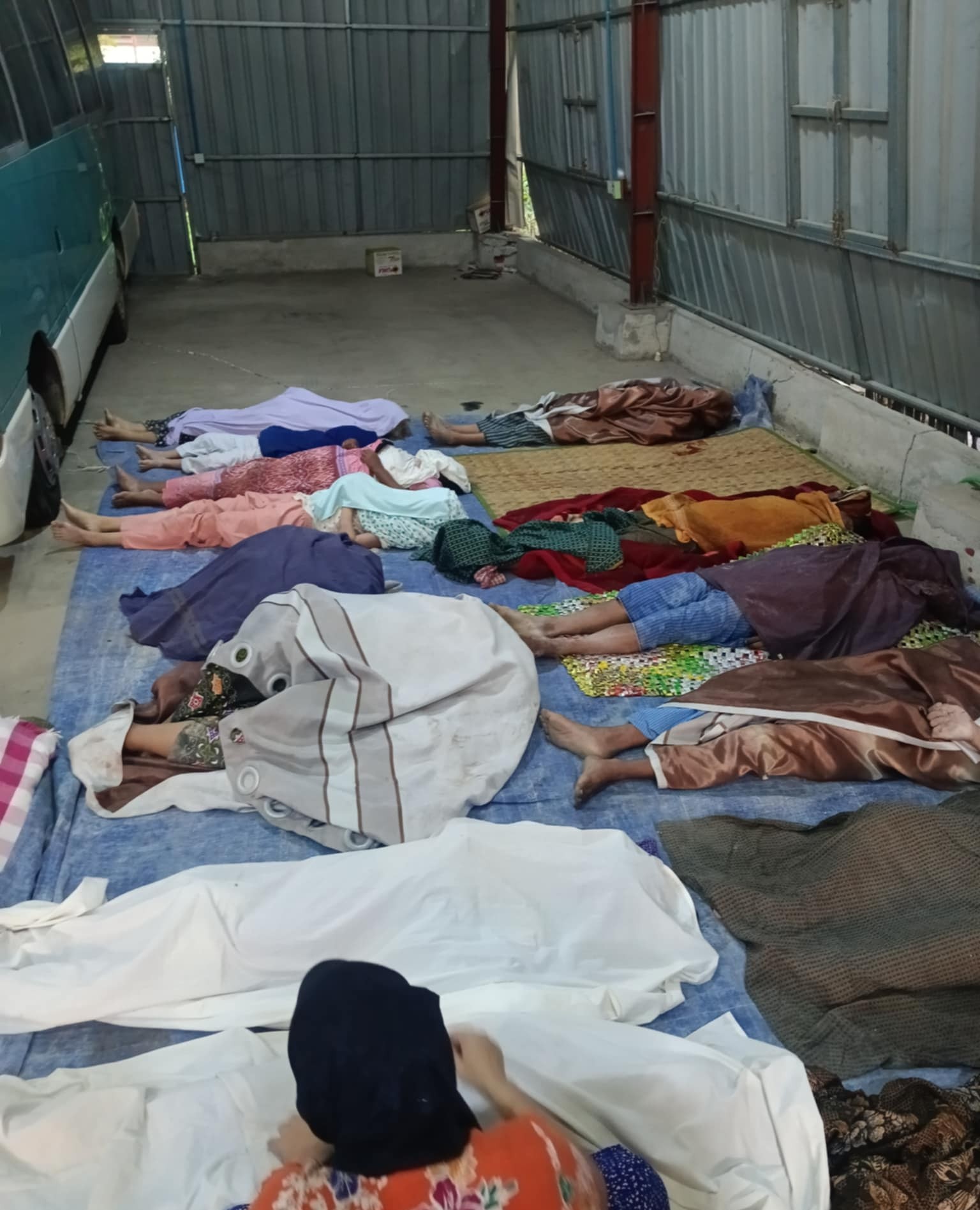




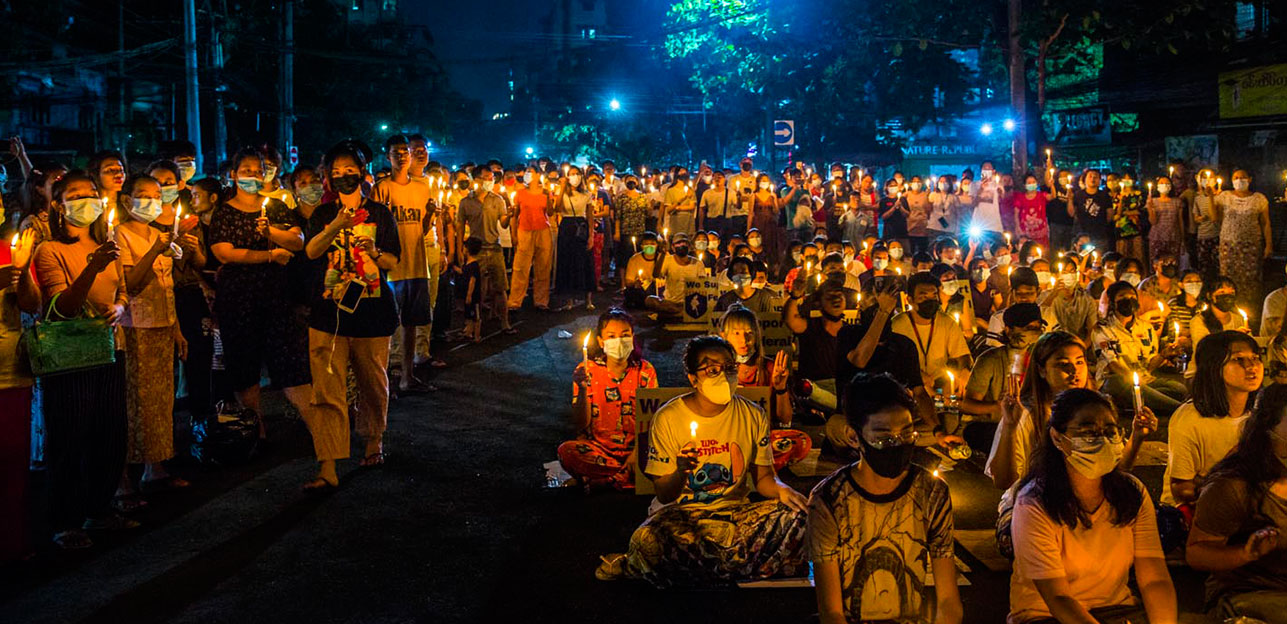



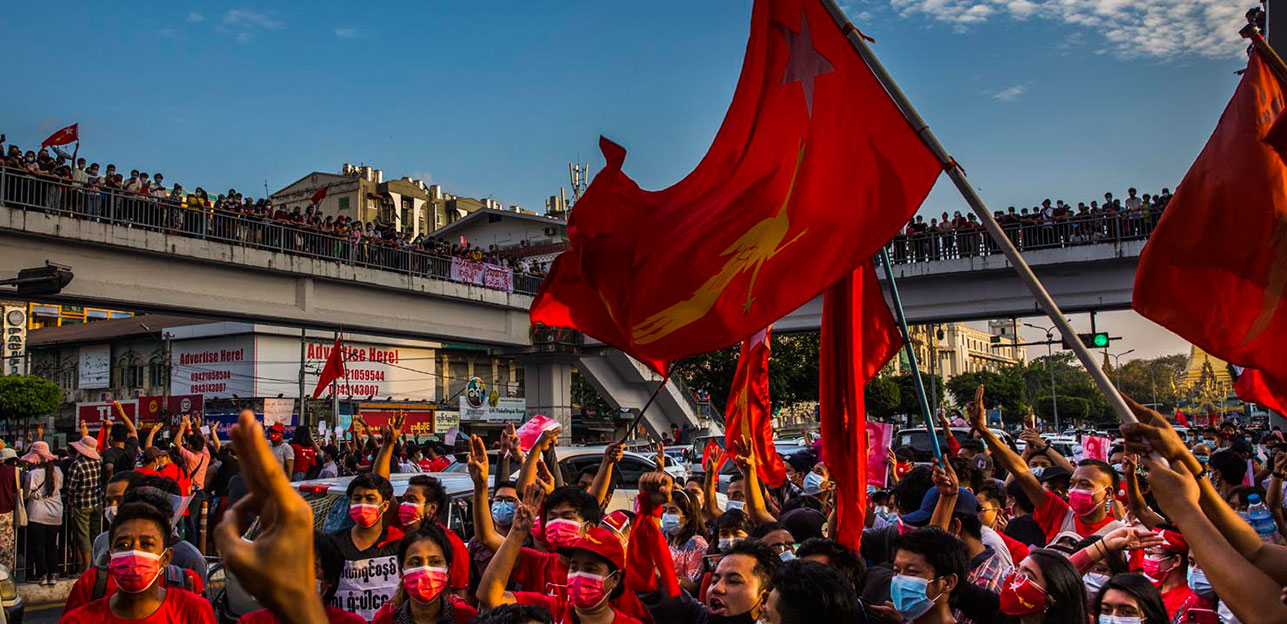



Got Questions?
Find us on Socials or Contact us, and we’ll get back to you as soon as possible.